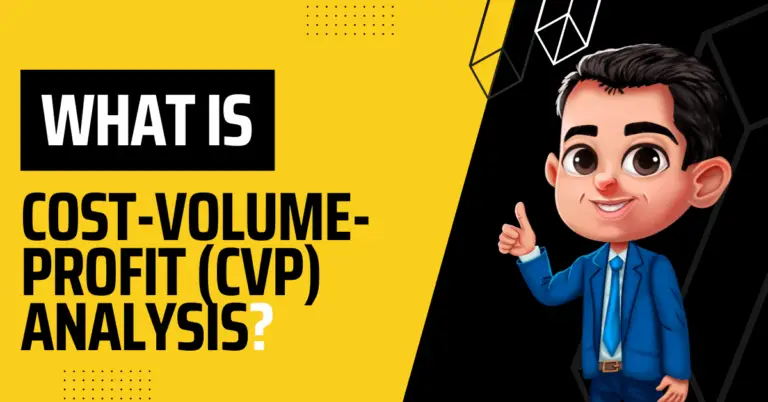Top 10 Objectives of Cost-Volume-Profit (CVP) Analysis [With PDF]
The primary objective of cost-volume-profit (CVP) analysis is to determine what will happen to the financial position if the output level varies.
The top 10 important objectives of the organization’s cost-volume-profit (CVP) analysis are the following:
- Cost-volume-profit analysis helps the organization forecast the correct amount of profit.
- The cost-volume-profit analysis shows how the organization’s costs and profits are related to other factors.
- This analysis is very helpful for planning and putting in place controls based on the work done or performance. For a review of profits made and costs incurred, it is necessary to figure out how changes in volume affect costs.
- Cost-volume-profit analysis is very helpful in preparing variable budgets. This is because it is possible to calculate the amount of expenditure at different levels of activity for the purpose of creating a variable budget.
- Cost-volume-profit analysis is especially helpful for figuring out how the way prices are set affects the costs and profits of making a product and for making policies based on that planning.
- This analysis helps the management to take different decisions that are important for the operations of the business. It includes pricing decisions, making or buying decisions, shutting down decisions, and the like.
- This analysis will assist management in determining how risky changes in output are. If the organization’s current level of activity is very close to a no-profit, no-loss situation or if a lot of its costs are fixed, the level of risk will be high because a small drop in output will cause a big drop in profit.
- Pricing has a significant impact on volume stabilization and fixation. Analysis of the cost-volume-profit relationship can help in developing price policies that are tailored to specific circumstances by projecting the impact of different price structures on costs and profits.
- It is crucial to research the cost-volume relationship to determine how much overhead costs might be tacked onto the price of a product at various levels of operation because predetermined overhead rates are linked to a specific volume of production.
- This analysis aids in setting selling prices, calculating costs, choosing the best product mix, and making the best use of the available production resources.
You can also read:






